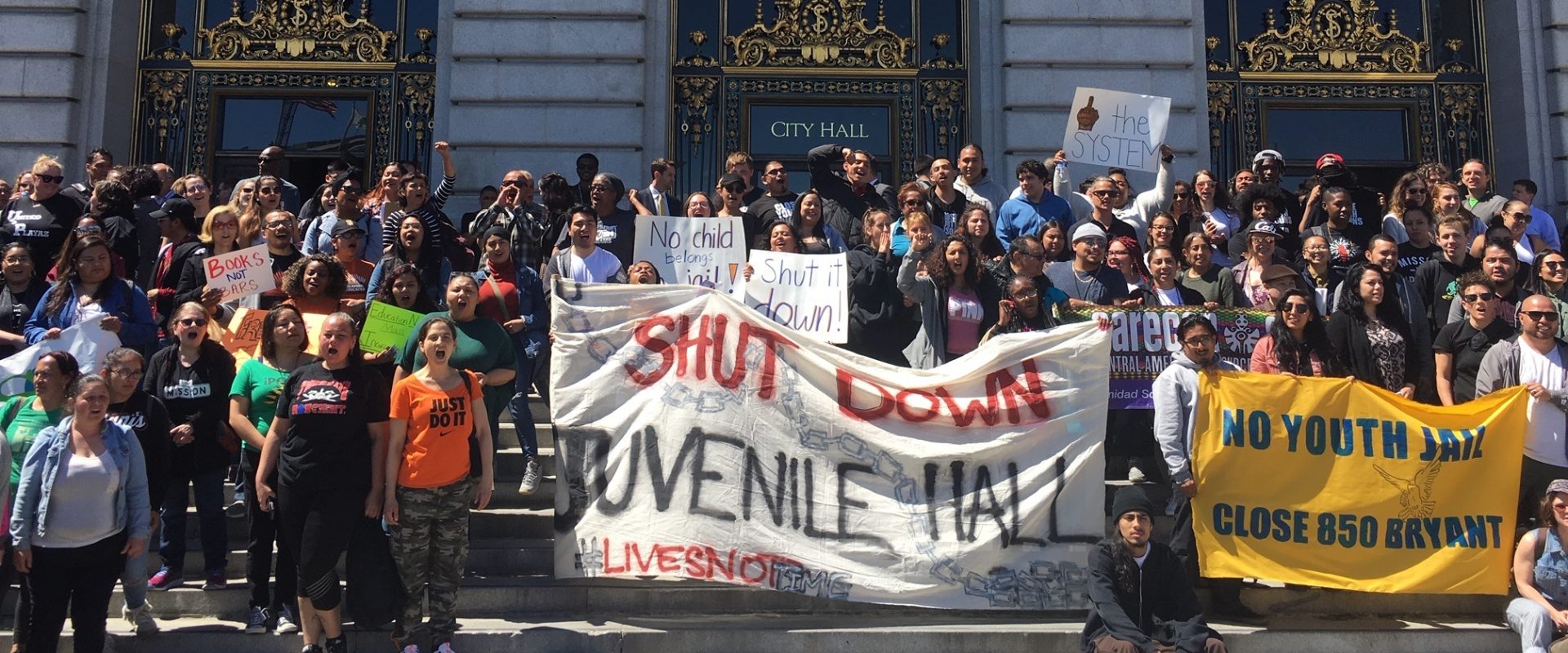It is the responsibility of the state to “provide juveniles sentenced to life a ‘meaningful opportunity for release,’ ” according to the 2010 Supreme Court ruling in Graham v. Florida . In California, there is no such “meaningful opportunity” as of yet. Youth, under the age of 18, committed for 1st degree murder in California can be sentenced to Life Without Parole (LWOP), without ever having the possibility to petition for their parole. Recognizing the fact that these can minors spend…
Blog Jun 23, 2011
Will federal funding give reentry another chance?
On Monday, June 20, 2011 Senator Rob Portman (R‑Ohio) and Senator Patrick Leahy (D‑Vermont) introduced legislation to extend aspects of the Second Chance Act first passed in 2007. The Second Chance Act Reauthorization Bill is scheduled for Senate Judiciary Committee consideration on Thursday, June 23, 2011. The Reauthorization Bill will improve public safety and improve outcomes for individuals returning to communities from prisons and jails. It is imperative during our economic crisis that…
The most recent evidence of California’s Division of Juvenile Facilities’ (DJF) continued failure is documented in a report highlighting the State’s inability to provide sufficient programming to youth in need of sexual behavior treatment (SBTP). Audits of the three facilities with SBTP programs occurred September 2010 through February 2011. As a result, SBTP expert, Barbara Schwartz, found serious deficiencies in core aspects of the program, despite improvement in many compliance items…
Blog Jun 16, 2011
Court, Probation, and Community Leaders Meet at Same Table to Discuss Plan for Juveniles Without DJF
Members from CJCJ’s Sentencing Service Program recently had the opportunity to attend San Francisco and Alameda counties’ discussions on realignment. Key players in juvenile justice, from the courts, probation and the community sat down together to discuss how the realignment will affect their counties’ youth at the May 17th San Francisco Reentry Council meeting and the June 9th panel sponsored by the National Council on Crime and Deliquency on, “Keeping our Children Home: How Realigning…
Blog Jun 14, 2011
Release the Real Low Risk Prisoners
As the state of California responds to the recent Supreme Court decision ordering the release of 30,000 or more prisoners, there needs to be an awareness of what kinds of prisoners pose the greatest risk of returning to crime. It always seems to be the conventional wisdom that those serving time for property, drug and other non-violent offenders, plus parole violators, are considered to be “low-risk” offenders. Thus any discussion of what kinds of prisoners that ought to be released tends…
